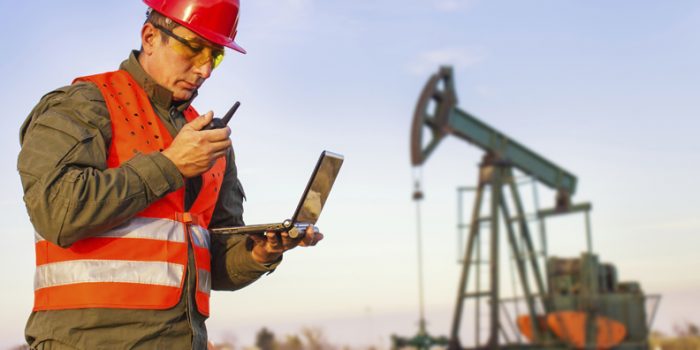

If we take a quick look at the definition of geo-fencing, it turns out that we can quickly explain it briefly in a couple of words. Geo-fencing (geofencing) is a feature in software (usually mobile) that uses GPS or radio frequency identification (RFID) to draw invisible geographical outlines (boundaries). A geo-fence as the name states is a virtual geographic barrier.
In more practical and straightforward words, geo-fence allows big or small businesses alike to send push notifications with extremely targeted messages to their customers.
A good practical example is if we imagine a car-wash. When a potential customer drives trough that area it would instantly send them a message in an attempt to draw attention to their brand instead of the competition with a special offer/promotion, etc. You can also lay out a geo-fence around your area to give a heads up to potential clients when they get close and propose an offer they just can’t refuse!
There are different types of virtual barriers. You can have active/passive barriers depending on your needs. Active geo-fencing requires an end user to opt-in to a localization service and a mobile application to be open. Passive geo-fencing, on the other hand, is a bit more reliable because they are always on, since they rely solely on Wi-Fi and cellular data instead of GPS and RFID and always work in the background.
Geo-fencing has a lot more applicability than just mere marketing purposes, and it serves a huge advantage in a lot of domains such as the following:
| Use | Example |
| Drone management | A sporting event can use geo-fencing to create a temporary no-fly zone that prevents drones from crossing a defined perimeter. |
| Fleet management | Geo-fencing can alert a dispatcher when a cargo van breaks from his route. |
| Human resource management | An employee’s “smart card” will send an alert to security if the employee attempts to enter an unauthorized, geo-fenced area. |
| Asset management | A network administrator can set up alerts so when a retail owned iPad-POS leaves the shop grounds, the administrator can monitor the device location and lock it down to prevent it from being used. |
| Law enforcement | An ankle bracelet can alert authorities if an individual under house arrest leaves the premises. |
| Home automation | When the home owner’s smartphone leaves the home’s geo-fenced perimeter, the thermostat lowers itself to a pre-defined temperature. |
And it’s not just hot air; the industry is on the rise all together. According to the Computer Business Review, the geo-fencing market was expected to reach $300 million by late 2017 and expand beyond the confines of traditional location-based applications.
The possibilities of this technology are infinite, mainly because one of the most significant trends of 2017 was IoT (internet of things). It has officially over 8.4 billion devices connected which could play a massive part in developing the Geo-Fencing industry.
This industry does pose some concerns related with privacy and consumer perceptions. In terms of privacy, customers do have to opt-in, in direct comparison to cell-tower geo-fencing where you send everyone a message. Here they have to willingly download the application and opt in for localization services. Only then you can track that they were there. Of course, if you’re planning to send them push notifications, you’re going to have to have to ask them to enable push as well, on top of location services.
This technology is also seen by some of the marketing experts in the industry as one of the best ways to propel small businesses ahead due to the ease of implementing a geo-fencing/geolocation feature in the application that they are offering which would amplify their reach tremendously.
This remains to be one of the most interesting mobile technologies to keep an eye on in 2018. If you want to find out more about this topic feel free to contact us here, as we would be more than happy to have a chat with you!





